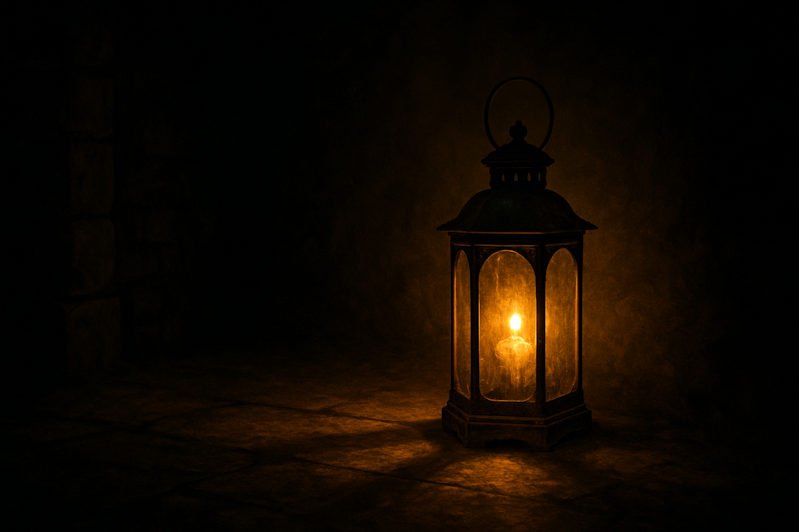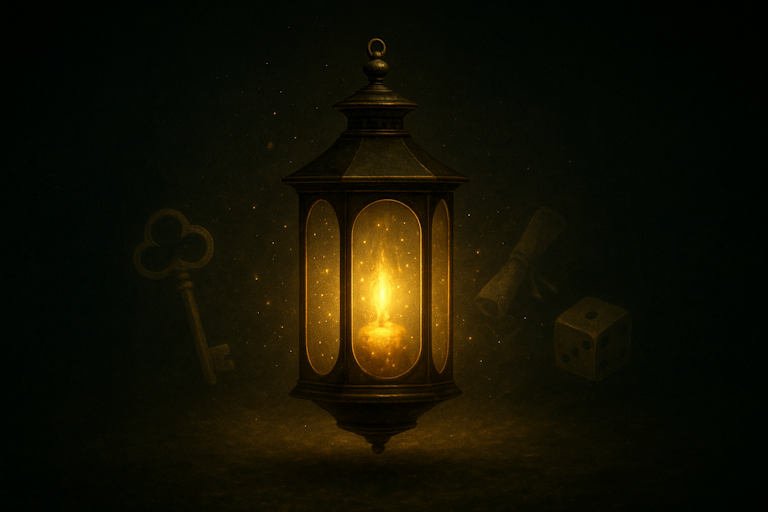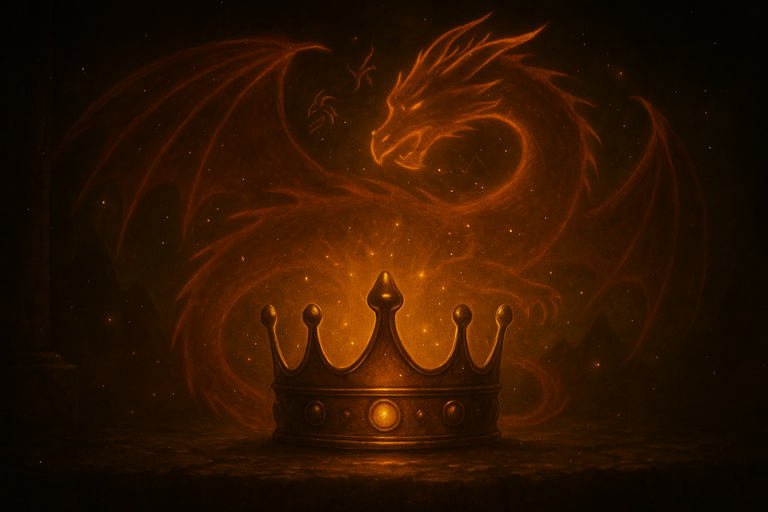
Light and shadow in games: The hidden mystery and powerful emotion (2025)
Light and shadow in games are never just decoration. They carry weight, shaping how we feel, where we look, and what we believe is about to happen. A flicker of lantern light can make us feel safe; a deep shadow in the corner can spark unease. Designers know that every ray of light and every patch of darkness tells a story long before a single word appears on the screen.
This hidden power goes beyond visuals. Light and shadow in games become part of the experience itself — symbols of safety and danger, clarity and mystery. They draw us in, not only as players but as participants in a world that feels alive.
In this article, we’ll explore how light and shadow influence mood, meaning, and memory — and why they remain some of the most powerful tools in the language of play.
Lighting as story and mood
Light and shadow in games are more than contrasts of brightness; they are storytellers in their own right. Every flicker of light and every patch of darkness carries meaning, even before a word is spoken or a rule is explained. In play, light often signals safety — a place where things can be seen, understood, and trusted. Shadow, in contrast, whispers of the unknown: what might be hidden, what could surprise, or what should be feared.
This duality shapes mood from the very first moment. A candle in a corner can make a space feel intimate, even fragile. A sudden shadow across the table can spark tension, reminding players that not everything is clear. These shifts do not require grand gestures; they live in subtle transitions, the way a lantern glow softens suspicion or a darker corner breeds uncertainty.
In group play, the presence of light and shadow becomes psychological as much as visual. We gravitate toward clarity — toward the illuminated part of the board, the well-defined rule, the player who seems transparent. Yet we also lean into mystery, intrigued by what is hidden, by the shadows that keep the game alive. Without contrast, play risks becoming flat. With contrast, every choice feels loaded, every moment charged.
Designers who work with light and shadow — whether physically in a room or symbolically in a story — give depth to the experience. They remind us that we are not only moving tokens or solving puzzles; we are navigating between clarity and obscurity, between comfort and suspense. And it is precisely in that shifting dance that games become more than mechanics: they become stories we inhabit.

Uncover
The Firefly Inn
Behind its lantern light, secrets wait to be revealed. Step closer, and choose your path into the unknown.
Symbolic power of light & shadow
Beyond atmosphere, light and shadow in games carry symbolic weight. They are not just visual cues but metaphors that reach into how we think and feel while playing. Light has long stood for knowledge, clarity, and hope. When the board, the room, or the story reveals itself in brightness, players feel empowered — as if the truth is close at hand. Shadow, by contrast, represents secrecy, risk, or transformation. It is the part of the game where uncertainty thrives, where imagination fills the gaps.
This symbolism shapes how players interpret actions. A rule explained in plain daylight feels trustworthy; a twist hidden in darkness feels cunning, perhaps even dangerous. Shadows give room for deception, for bluffing, for the possibility that things are not what they seem. Without them, the game risks being too straightforward. With them, every move carries the question: what remains unseen?
The dance of light and shadow also mirrors human psychology. We all carry our visible side — the choices and traits we show — and our hidden side, the motives and doubts we keep concealed. Games reflect this duality in playful form. By stepping into light, we reveal, confirm, and trust. By leaning into shadow, we explore, disguise, and provoke. Both are necessary, because only contrast keeps tension alive.
In many cultures and myths, this contrast has been central for centuries: fire against night, dawn against dusk, lanterns guiding the traveler through the unknown. Games borrow from these archetypes, whether consciously or not. The moment a shadow falls across the table or a lantern flickers in the corner, something ancient stirs in us. We are reminded that play is not just about winning or losing, but about navigating the eternal balance between what is shown and what is hidden.

Uncover
The Firefly Inn
Behind its lantern light, secrets wait to be revealed. Step closer, and choose your path into the unknown.
5 key effects of light and shadow in games
Light and shadow do more than decorate a game world — they actively shape how we experience play. Here are five of their most powerful effects:
- Setting the mood: A bright glow invites calm; a sudden shadow creates suspense. Mood shifts instantly with every change in contrast.
- Guiding attention: Light tells us where to look, what to notice, and which clue might matter most. Shadow hides details until the right moment.
- Shaping gameplay: Darkness creates hiding places, tension, or doubt. Light, on the other hand, can expose secrets or confirm what players suspected.
- Adding symbolic meaning: Brightness often signals truth, safety, or revelation. Darkness becomes the metaphor for risk, secrecy, or transformation.
- Anchoring memory: We remember the flicker of a lantern or the chill of a shadowed corner. These contrasts leave emotional marks long after the game ends.
Together, these effects show that light and shadow in games are never neutral. They frame the experience, from the first impression to the final memory. By shifting what is revealed and what is concealed, they turn simple mechanics into layered encounters filled with tension and meaning. For players, it is not only about solving puzzles or winning points — it is about feeling the play unfold in waves of clarity and obscurity. And in that rhythm, the mystery of the game becomes unforgettable.
Keep your lantern burning, traveler — for once the shadows grow too deep, they do not give back what they take

Beyond graphics: emotion, memory & brand fit
Light and shadow in games are not just visual tricks — they shape the emotional core of play. A bright moment can feel like relief, while a sudden shadow can trigger unease or curiosity. These contrasts lodge themselves in memory. Long after the rules are forgotten, players remember the flicker of safety or the chill of uncertainty. That is the true strength of light and shadow: they turn ordinary mechanics into stories that stay with us.
Psychologically, this dynamic touches something deeper. People are drawn to what is illuminated, but also fascinated by what remains hidden. In play, this becomes a mirror of human experience: our desire for clarity, balanced by our need for mystery. Games that embrace both light and shadow feel alive, because they echo the way we navigate real life — between certainty and doubt, trust and suspicion.
For Lanthornkeepers, this symbolism is more than atmosphere. The inn itself is a place where lanterns must stay lit, not only to guide but to protect. Shadows are never absent, yet they remind us of what light means. Every puzzle solved, every role revealed, is steeped in this contrast. By weaving light and shadow into the heart of the experience, Lanthornkeepers doesn’t just offer play — it offers a living metaphor for how we face the unknown together.
Conclusion: The lasting language of light and shadow
Light and shadow in games remind us that play is never just about rules or strategy. It is about emotion, atmosphere, and the stories that unfold in between. A pool of light can make us feel safe, while a stretch of darkness can spark suspense. Together, they create contrasts that give play its heartbeat — guiding focus, stirring memory, and filling every moment with meaning.
What stays with us is not the mechanics of the game, but the feeling of moving between clarity and obscurity. This is where mystery thrives and where connection deepens. Light without shadow would be flat; shadow without light would be unbearable. It is their balance that makes the experience unforgettable.
In the world of Lanthornkeepers, this truth is woven into every corner of the inn. Here, lanterns burn not only to illuminate but to remind us of what waits in the dark. And it is there, in the dance between glow and shadow, that the real story begins.

Uncover
The Firefly Inn
Behind its lantern light, secrets wait to be revealed. Step closer, and choose your path into the unknown.




